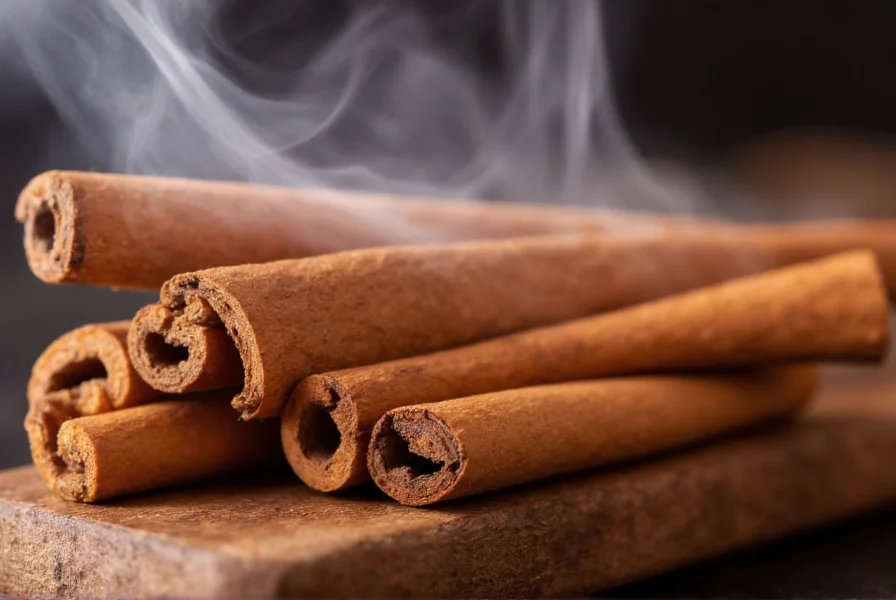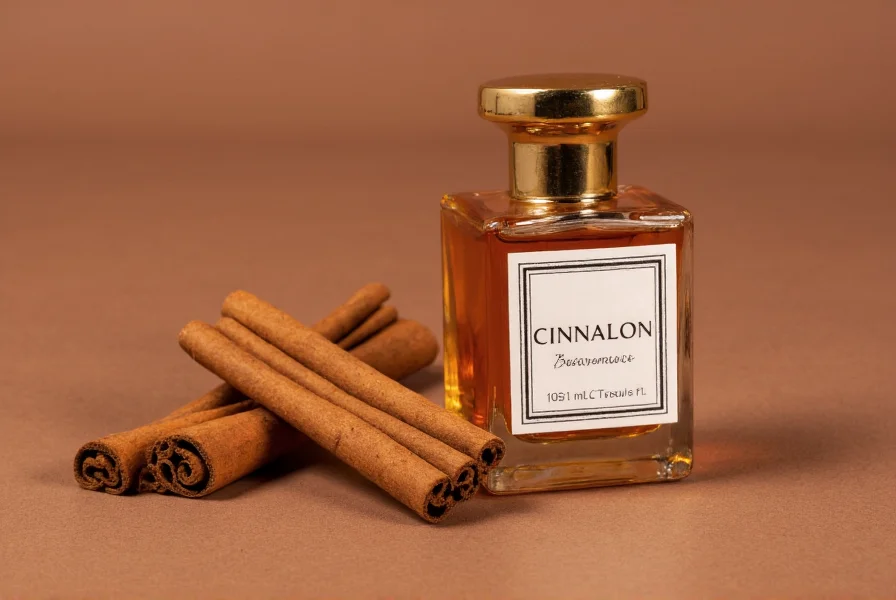Cinnamon fragrance captivates the senses with its complex aromatic profile that has been cherished across cultures for centuries. Unlike simple single-note scents, cinnamon offers a multidimensional olfactory experience that evolves as it interacts with skin chemistry and other fragrance components. This versatility makes it a staple in both natural and commercial fragrance formulations.
The Science Behind Cinnamon's Aromatic Profile
Cinnamon's distinctive fragrance primarily comes from cinnamaldehyde, which constitutes 60-90% of cinnamon bark essential oil. This organic compound creates the characteristic sweet-spicy aroma most people associate with cinnamon. Additional compounds like eugenol, linalool, and caryophyllene contribute subtle floral, woody, and peppery nuances that give cinnamon fragrance its complexity.
When evaluating what does cinnamon fragrance smell like to different people, it's important to understand that perception varies based on individual olfactory sensitivity and cultural associations. For many, cinnamon fragrance immediately evokes memories of holiday baking, creating a psychological connection to comfort and warmth.
Natural vs. Synthetic Cinnamon Fragrance
The fragrance industry utilizes both natural and synthetic versions of cinnamon scent, each with distinct characteristics:
| Type | Composition | Characteristics | Common Uses |
|---|---|---|---|
| Natural Cinnamon Essential Oil | Steam-distilled from cinnamon bark | Richer complexity, subtle variations based on cinnamon species | Aromatherapy, natural perfumery, DIY fragrance projects |
| Synthetic Cinnamon Fragrance | Lab-created cinnamaldehyde and related compounds | More consistent scent profile, often stronger initial impact | Commercial perfumes, candles, home fragrance products |
Understanding the difference between natural cinnamon essential oil and synthetic alternatives helps consumers make informed choices based on their fragrance preferences and intended applications. Natural oils typically offer more nuanced scent development but may vary between batches, while synthetics provide consistent performance at potentially lower cost.

Cinnamon Fragrance Applications and Blending Properties
Cinnamon fragrance shines in multiple applications due to its versatile scent profile. In perfumery, it functions as a middle to base note that adds warmth and depth to fragrance compositions. The cinnamon scent profile works particularly well in:
- Spice-based fragrances (often combined with clove, nutmeg, and ginger)
- Woody oriental compositions (blended with vanilla, amber, and sandalwood)
- Fresh interpretations (paired with citrus notes like orange or bergamot)
- Seasonal home fragrances (popular in fall and winter scent collections)
Professional perfumers note that cinnamon fragrance creates particularly harmonious cinnamon and spice fragrance combinations when balanced with complementary notes. The key to successful blending lies in using cinnamon as an accent rather than a dominant note, as its intensity can overwhelm more delicate fragrance components.
Safety Considerations for Cinnamon Fragrance
While generally recognized as safe for fragrance applications, cinnamon requires careful handling due to its potency. The primary compound, cinnamaldehyde, can cause skin irritation in concentrated forms. When working with cinnamon essential oil properties, proper dilution is essential:
- For topical applications: Dilute to 0.5-2% concentration in carrier oil
- For room diffusers: Use 3-5 drops per 100ml of water
- For candle making: Follow manufacturer's recommended usage rates
Individuals with sensitive skin should perform patch tests before using products containing cinnamon fragrance. Those with known cinnamon allergies should avoid direct skin contact with cinnamon-based fragrances. Understanding is cinnamon fragrance safe for skin considerations helps prevent adverse reactions while enjoying this popular scent.
Cultural Significance and Historical Use
Cinnamon's use in fragrances spans millennia, with historical records showing its value in ancient Egyptian embalming practices and traditional Chinese medicine. The spice trade routes that developed around cinnamon and other aromatic spices shaped global commerce and cultural exchange. In many traditions, cinnamon fragrance symbolizes prosperity, protection, and warmth—qualities that continue to influence its modern applications in cinnamon fragrance benefits for creating welcoming environments.
Practical Applications for Home and Personal Use
For those interested in incorporating cinnamon fragrance into daily life, several accessible methods exist:
- Create a simple simmer pot with cinnamon sticks, orange slices, and cloves
- Add a few drops of cinnamon essential oil to unscented lotions or body oils
- Make a room spray by combining diluted cinnamon oil with water and witch hazel
- Use cinnamon-scented drawer sachets for clothing storage
When exploring cinnamon fragrance applications, remember that less is often more. Cinnamon's potency means that subtle applications typically create more pleasing results than overwhelming concentrations.
Conclusion
Cinnamon fragrance remains popular across fragrance applications due to its unique combination of warmth, complexity, and emotional resonance. Whether used in high-end perfumery or simple home fragrance solutions, its ability to create inviting atmospheres while offering subtle therapeutic benefits ensures its continued relevance. By understanding the cinnamon scent characteristics and proper usage considerations, fragrance enthusiasts can effectively incorporate this timeless scent into their aromatic repertoire while appreciating both its scientific properties and cultural significance.











 浙公网安备
33010002000092号
浙公网安备
33010002000092号 浙B2-20120091-4
浙B2-20120091-4